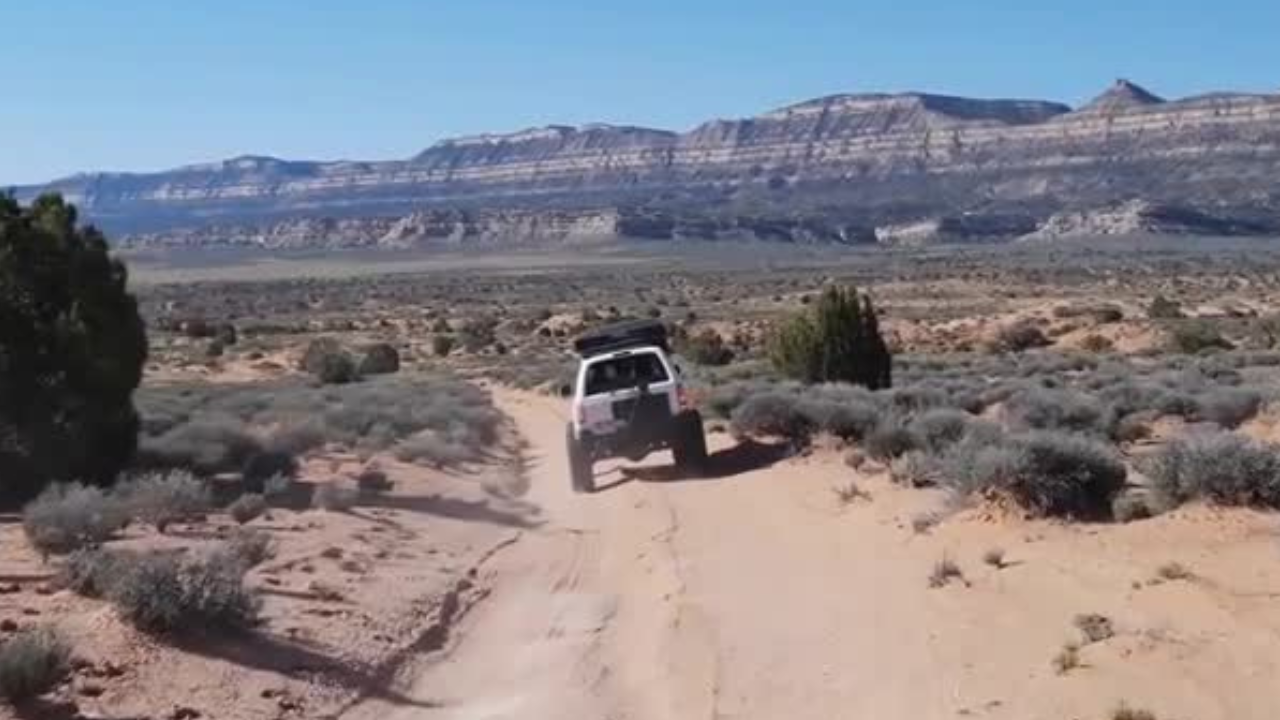PANGUITCH, Utah — A federal judge has ruled that the state of Utah and two southern Utah counties have jurisdiction over two scenic roads in the area.
The court case with the counties and state on one side and the Southern Utah Wilderness Alliance and federal government on the other was first filed in 2008. However, the dispute over who owns the roads has gone on much longer than that.
"If you want to go all the way back, 1866 was when the law was passed. It was a mining act," explained Garfield Public Works Director David Dodds. "they passed a law just allowing people to go out, create roads, so they didn't have to go to the federal government every time they needed a road."
Dodds says the dispute has held back needed repairs on the heavily traveled dirt roads that lead tourists to photogenic sites.
"There's some infrastructure there that needs to be replaced," he said. "And so that's where we went to the judge and just said, 'Hey, we really need to do something here. We're in this limbo where we're maintaining it, but we don't really know exactly what we can do.'"
Builder whose Pine Valley home survived 100-foot flames in Forsyth Fire says he built luck:
At its peak, 500 vehicles per day travel the dirt Hole in the Rock and House Rock Valley roads, with Hole-in-the-Rock leading to its namesake — a formation that looks out over Lake Powell.
Utah’s Attorney General Derek Brown says the court's decision paves the way for more victories against the federal government over who controls land in the state.
"Utah is much better at managing Utah lands, Utah roads, Utah infrastructure than the federal government," Brown said. "And so we have a lot of cases dealing with what are called RS 2477 roads. These are two of those roads, but to have a federal judge basically say Utah has a right to these roads, it's a huge victory."
The legal director for the Southern Utah Wilderness Alliance says the ruling isn't the final word, and fears the counties will turn the dirt roads into 60 mile-per hour thoroughfares.
"They want authority to straighten the road, they want authority to change the road surface from dirt to either graveled or paved. That's really a very different animal," claims Steve Block, legal director for the Southern Utah Wilderness Alliance.
Dodds said he felt the same way when he first came out to the areas where the roads are located.
"I'd honestly love to keep it that way, but it's just not feasible. So that's it. Once you learn about it and understand it, it's just not feasible," he said. "But I do want to calm their fears and that we're not creating new roads. These are roads that have existed, for some of them, hundreds of years. All we're doing is maintaining existing roads, improving them to respond to the visitation that's already there."
Political reporter Ben Winslow and photojournalist Mike Rank contributed to this story




